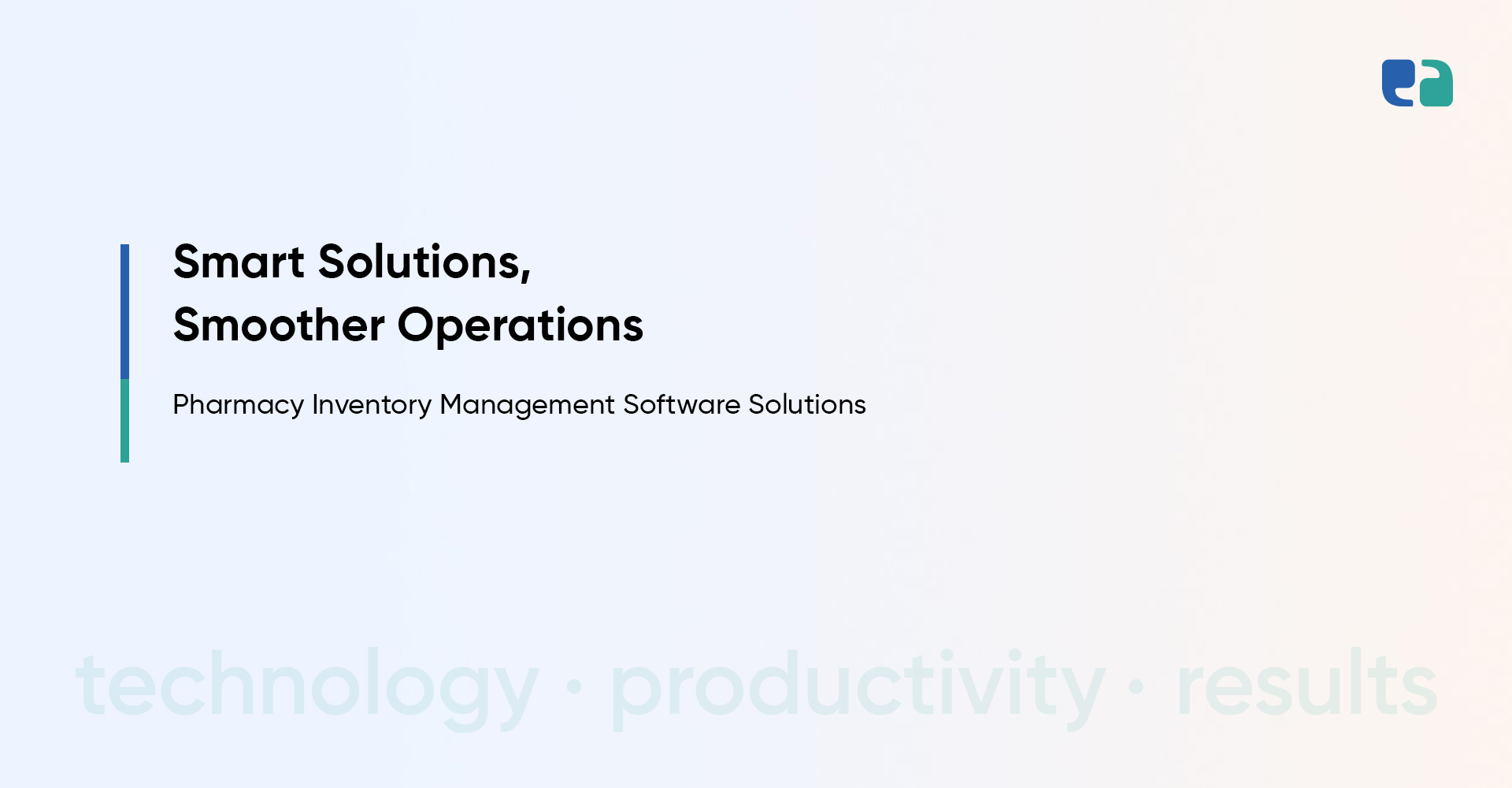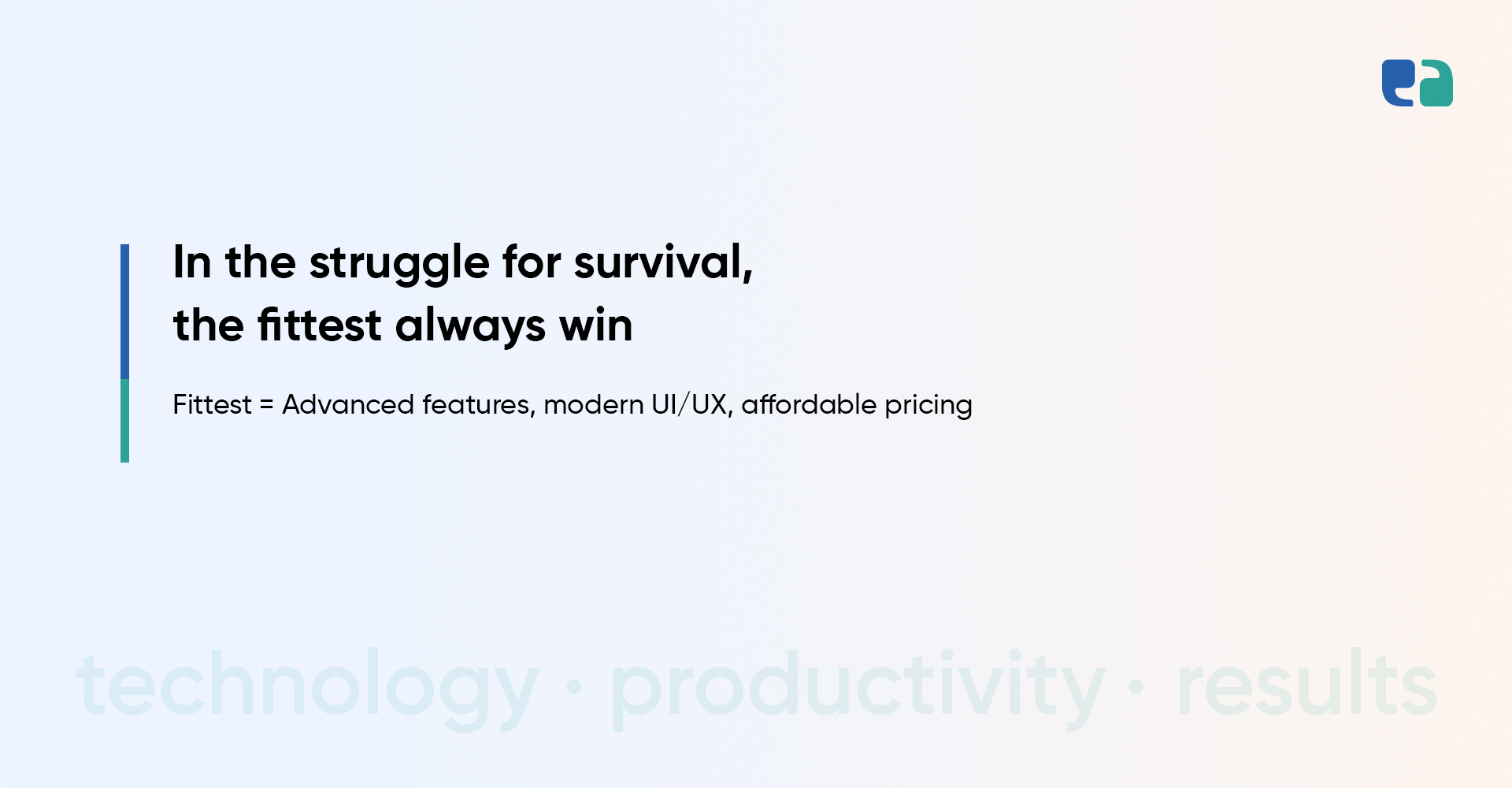Reviewing patient charts manually is a slow and expensive process.
It takes a lot of time, costs hospitals money, and is hard to scale as healthcare goes digital.
Plus, human errors can creep in, making things even more challenging.
AI and machine learning can change this.
According to Dyania Health, AI can complete a task in half a second that would take a human nearly two hours.
That’s a massive improvement.
Take Cerebral, a virtual mental healthcare provider. Their manual chart auditing took hundreds of hours each month. Auditors had to dig through clinician schedules, copy medical record links, and manually review session notes.
The process was not only time-consuming but also prone to mistakes like mismatched names or missing data.
Some hospitals have tried using technologies like Optical Character Recognition (OCR) and Natural Language Processing (NLP) to speed up chart reviews.
While helpful, these tools come with their own challenges—poor scan quality, complex medical language, and inconsistent data formats across different hospitals.
This is where AI-powered automation makes a real difference. By integrating AI, hospitals can streamline patient chart reviews, reduce human errors, and save valuable time.
In this blog, we’ll explore how you can build a custom AI solution for your hospital and what key features you should consider.
Let’s Explore the Basics of AI in Clinical Chart Review
AI is changing how hospitals review patient charts. It speeds up the process, reduces errors, and makes it easier to find important details. But how does it work? Let’s break it down.
Building an Automated Medical Chart Review Solution: 4 Easy Steps
Automating chart review isn’t just about saving time—it’s about improving accuracy and efficiency. Here’s how healthcare organizations can set up an effective AI-powered system:
Step 1: Data Extraction & Organization
AI extracts patient data from multiple sources, including PDFs and EHRs. It then organizes, labels, and categorizes the information, making it searchable and easy to access.
Step 2: Prioritizing Cases with AI
Natural Language Processing (NLP) scans medical records to identify high-priority cases. It ensures abstractors focus on gaps that have enough supporting evidence, boosting efficiency.
Step 3: Streamlining Abstraction Workflows
AI helps abstractors find relevant information faster. Users can mark evidence, update records, and close gaps with minimal effort. Some AI systems even allow direct data transfers into EHRs.
Step 4: Compliance & Audit Support
Once gaps are closed, the system sends reports back to the HEDIS® engine. It also retains original records, logs, and closure details for auditing. Some AI tools integrate with auditors to ensure compliance.
By automating these steps, healthcare providers can reduce manual effort, improve accuracy, and speed up chart review processes.
8 Major Features of Your AI Patient Chart Review Software
1. AI-Driven Prioritization
The system uses natural language processing (NLP) to analyze medical records and prioritize the most relevant gaps.
This ensures that abstractors focus on cases with sufficient evidence, reducing time spent on manual review.
2. Seamless Data Integration
It ingests and consolidates data from multiple sources—EHRs, PDFs, and clinical documents—into a single platform.
This makes it easier to access and process patient information efficiently.
3. Automated Abstraction Workflows
The system guides abstractors through the review process, highlighting key evidence within medical records.
With quick selection tools, users can extract relevant details and update records seamlessly.
4. Audit Support & Reporting
Every action is logged, and original documents are securely stored for audits.
The system generates detailed reports that help quality managers track performance, accuracy, and compliance.
5. Efficiency & Automation
By automating repetitive tasks, AI speeds up the chart review process and minimizes human effort.
This results in faster gap closures and reduced workload for healthcare teams.
6. Customization & Continuous Learning
AI adapts to specific healthcare environments by learning from user feedback.
Over time, the system improves its accuracy, ensuring better results with each review.
7. Multi-Program Support
The system is built to support HEDIS®, CMS Star ratings, Medicaid, and other quality measures.
It can be configured to match different compliance and reporting requirements.
8. Strong Data Security
Patient data remains within the healthcare system’s firewall, ensuring compliance with privacy regulations.
No data is processed externally, maintaining full control and security.
By leveraging these AI-powered features, healthcare organizations can streamline chart reviews, improve accuracy, and enhance patient care.
We’re sharing images of the AI-powered EHR chart solution we recently built for a client.

Custom vs. Off-the-Shelf Medical AI Chart Review Solutions: Costs & ROI
When investing in an AI-powered chart review system, healthcare providers must decide between custom-built solutions or ready-made (Off-the-Shelf) software. Both options impact costs, efficiency, and long-term return on investment (ROI).
Custom AI Solutions
Building a custom AI chart review system means full control over technology and features. It can be designed to match specific workflows, ensuring a perfect fit for an organization’s needs.
However, it comes with higher upfront costs. It requires:
- A skilled team of AI experts and healthcare professionals.
- Infrastructure and computing resources.
- Continuous updates and maintenance.
- Time investment—development can take months or even years.
Despite the initial cost, a custom solution can provide long-term benefits if an organization needs deep customization and control.
Off-the-Shelf AI Solutions
A ready-made AI-powered patient chart review system offers a faster and more affordable setup. It includes:
- Quick deployment—no long development cycles.
- Ongoing support—maintenance and updates are handled by the provider.
- Lower initial cost—but may require subscription or licensing fees.
- Limited customization—may not fully adapt to unique workflows.
Why Custom AI Solutions Offer Better Long-Term Savings & ROI
A custom AI chart review system cuts labor costs, boosts accuracy, and streamlines workflows—saving time and money.
Unlike off-the-shelf solutions, it adapts to your needs, reduces compliance risks, and scales with your growth.
While the upfront cost is higher, the long-term ROI makes it the smarter choice.




